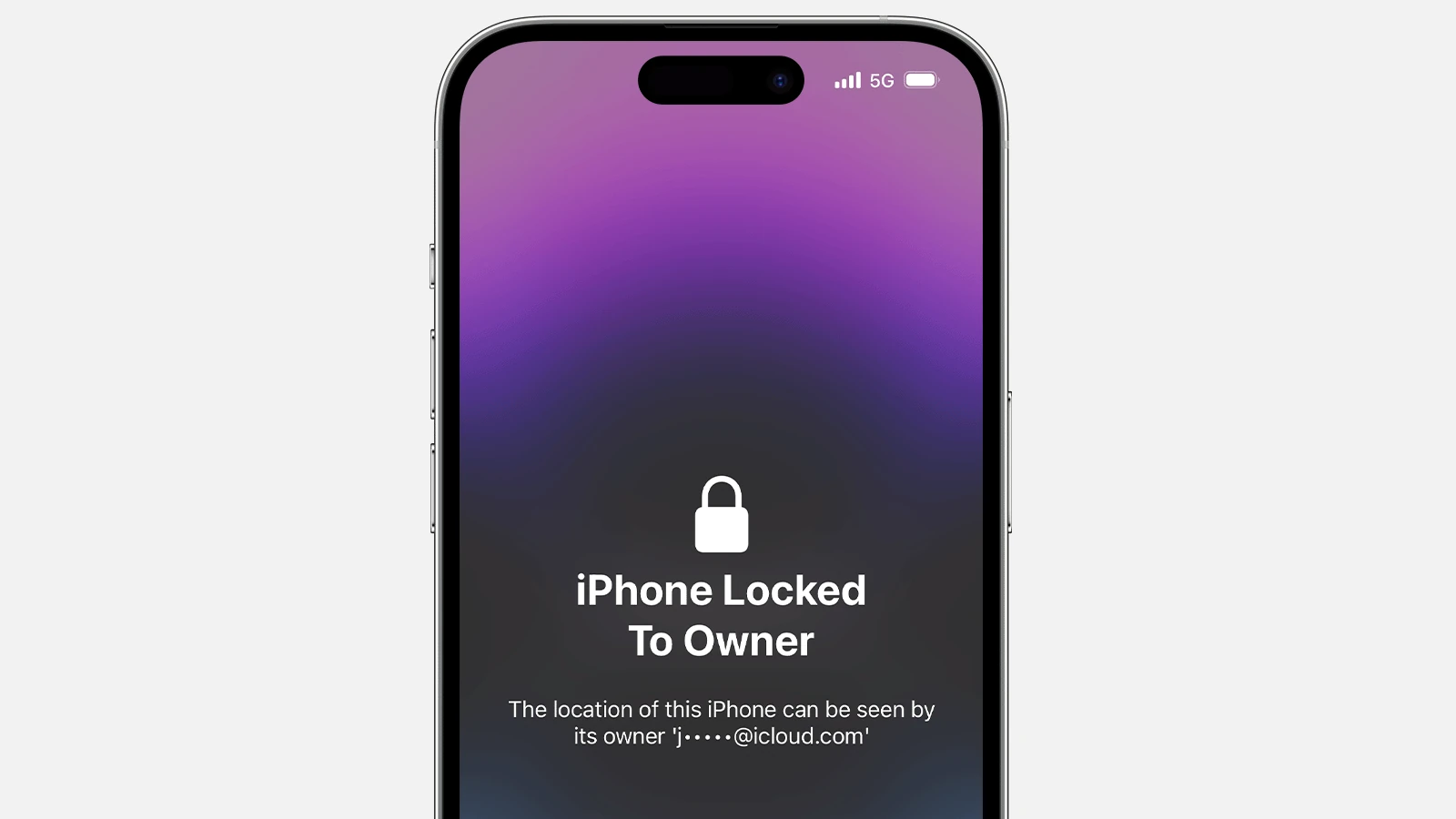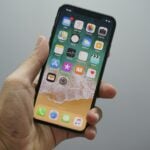Apple’s recent decision to link Activation Lock to individual iPhone parts as part of iOS 18 is a significant change that could impact everyone from iPhone owners to independent repair shops. While this change is intended to prevent theft and protect consumers, it also raises concerns about repair accessibility and consumer choice. Let’s delve deeper into how this new feature works, its benefits, and the challenges it poses. Apple’s decision to extend Activation Lock to individual parts represents a major shift in the effort to combat iPhone theft and the right-to-repair movement.
While the benefits are evident, there are also valid concerns about its impact on consumer choice and repair accessibility. In the coming months, we’ll see how this new feature operates in the real world and its long-term implications for the iPhone ecosystem. iOS 18 introduces a new level of security to iPhones. The latest update expands Activation Lock to cover individual parts such as batteries, displays, and cameras. This feature links major iPhone components to the owner’s Apple ID, rendering stolen parts useless to thieves. This change aims to deter iPhone theft and disrupt the black market for stolen iPhone parts.

When a thief attempts to use or resell parts from a locked iPhone, they will not function. This makes stealing iPhones less lucrative and could result in fewer thefts. While this new feature enhances security, it may impact iPhone repairs. Users might need to follow additional steps when replacing parts. Nevertheless, the added protection against theft could outweigh any potential inconvenience for most iPhone owners.
The Pros and Cons of Apple’s New Activation Lock Feature
Apple’s latest security measure, Activation Lock, now extends beyond the device itself. It will now be linked to key individual parts such as the battery, display, and cameras. This move is designed to make stolen parts essentially useless, as they will require the original owner’s Apple ID and password to function in a new device.
Benefits
This initiative could significantly decrease iPhone theft, as the market for stolen parts will shrink dramatically. It also provides an added layer of security for iPhone owners, ensuring their device’s components remain uniquely theirs. Additionally, it will help in reducing e-waste, as stolen parts will become less desirable.
Challenges
However, this move isn’t without its critics. Right-to-repair advocates argue that it limits the ability of independent repair shops and individuals to fix their own devices. It could also lead to longer repair times and increased costs, as replacing parts might now necessitate a trip to an authorized Apple service center.
The Impact on Different Stakeholders
| Stakeholder | Potential Impact |
|---|---|
| iPhone owners | Increased security and reduced likelihood of theft, but potential for higher repair costs and longer repair times |
| Independent repair shops | Limited ability to repair devices, potential loss of business |
| Authorized Apple service centers | Increased business due to the requirement for part authentication |
| Law enforcement | Easier to track stolen iPhones and their components |
| Environment | Reduction in e-waste due to decreased demand for stolen parts |

Key Takeaways
- iOS 18 extends Activation Lock to protect individual iPhone parts
- Stolen iPhone components become unusable when linked to an Apple ID
- The new feature may impact repairs but offers stronger theft deterrence
Understanding iOS 18’s Activation Lock
iOS 18 brings a major security upgrade with its expanded Activation Lock feature. This new system ties iPhone parts to the owner’s Apple ID, making stolen components useless and deterring theft.
The Activation Lock Feature
Activation Lock now covers key iPhone parts like displays, batteries, and cameras. These components are linked to the user’s Apple ID. If someone tries to use a stolen part, it won’t work properly. This feature builds on the existing Activation Lock that protects whole devices.
The system checks part serial numbers against Apple’s database. It can tell if a part is genuine and if it belongs to the current iPhone. Users can see the status of their parts in the Settings app. This helps spot any unauthorized changes.
Impact on iPhone Repairs and Parts
This update affects how iPhones are repaired. Only Apple-authorized shops can now install new parts that will work fully. Third-party repair shops may face challenges. They might not be able to activate certain replacement parts.
The change aims to stop the use of stolen components. But it also limits options for repairs. Users may need to go to Apple or its partners for fixes. This could increase repair costs for some.
Apple has allowed the use of some second-hand genuine parts. This offers a middle ground for repairs. It helps keep costs down while ensuring quality and security.
Preventing Theft and Protecting Users
The new Activation Lock makes stealing iPhone parts less profitable. Thieves can’t easily resell or use stolen components. This should reduce targeted thefts of iPhones for their parts.
Users get more protection for their devices. Even if an iPhone is stolen and taken apart, the parts remain locked to the owner. This feature works with Find My to offer complete device security.
The system also helps buyers of used iPhones. They can check if all parts are genuine and not stolen. This creates a safer second-hand market for iPhones and their components.
Frequently Asked Questions
Activation Lock on iOS devices can present challenges for users. These questions address common issues and provide guidance on handling Activation Lock in various scenarios.
What is the process for removing Activation Lock on an iOS device without the previous owner’s information?
Removing Activation Lock without the previous owner’s info is tricky. Apple designed this feature to prevent theft. The best option is to contact the previous owner and ask them to remove it. If that’s not possible contact Apple Support with proof of purchase. They might help in some cases.
How can the Activation Lock be bypassed using a code?
There is no official code to bypass Activation Lock. Apple does not provide such codes to maintain security. Beware of websites or services claiming to offer bypass codes. These are often scams or illegal methods that could harm your device.
Is there an official Apple tool for Activation Lock removal?
Apple does not offer a public tool for Activation Lock removal. This is to keep devices secure. Only Apple and authorized service providers can remove Activation Lock in specific cases. They require proof of ownership and follow strict guidelines.
What are the necessary steps to initiate an Activation Lock removal request with Apple?
To request Activation Lock removal contact Apple Support. Provide your device’s serial number and proof of purchase. Apple will review your case. If approved they’ll guide you through the removal process. This can take several days to complete.
Is it possible to extract and use parts from an iPhone that is under Activation Lock?
With iOS 18 Apple extended Activation Lock to individual iPhone parts. This makes it hard to use parts from locked devices. The goal is to reduce theft and black market sales of iPhone components. Always use authorized parts and repair services.
How can one deal with an Activation Lock on an Apple Watch in the absence of the previous owner’s details?
Dealing with Activation Lock on an Apple Watch is similar to an iPhone. Without the previous owner’s info it’s tough to remove. Try to contact the previous owner if possible. If not reach out to Apple Support with proof of purchase. They’ll review your case and may help remove the lock.







